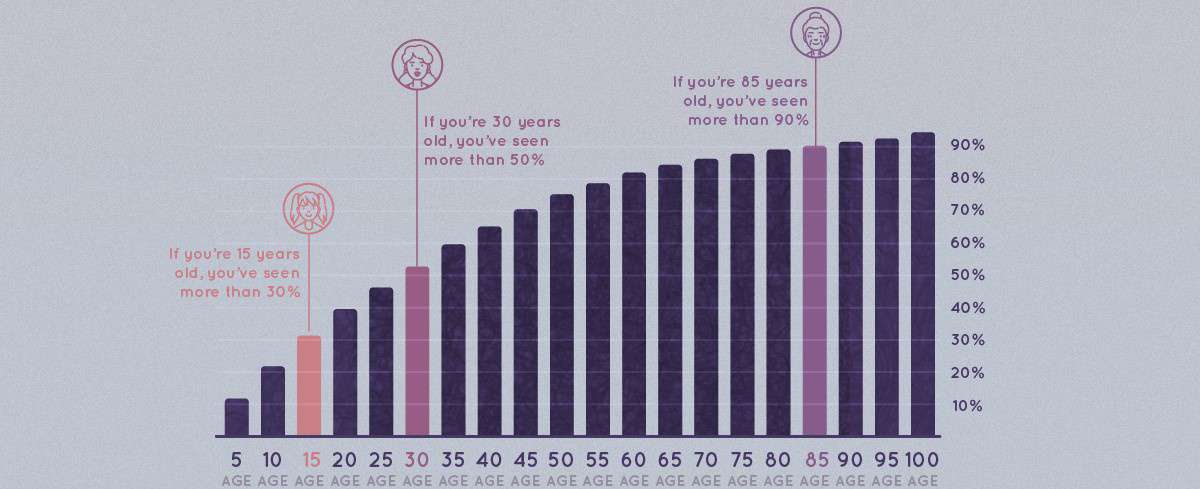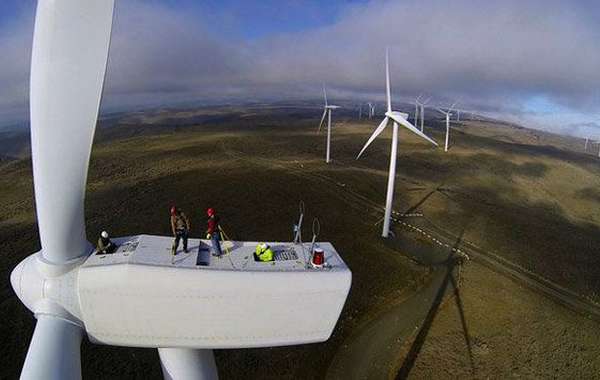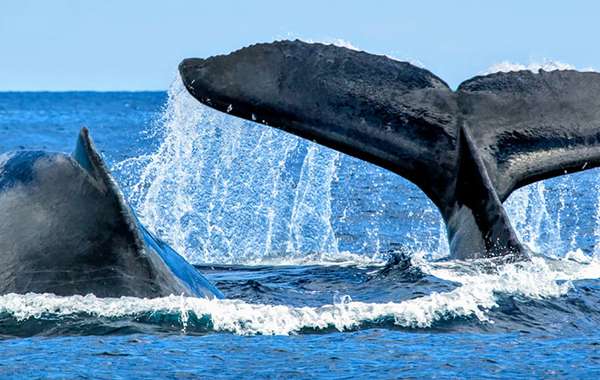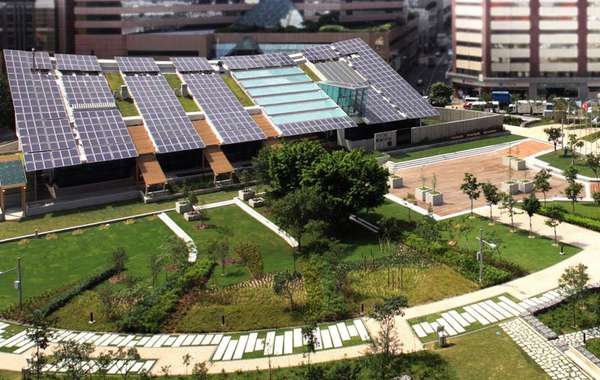With the recent COP26 Global Climate Change Conference in Glasgow, Scotland, all the world's countries are talking carbon emissions amidst a certain amount of finger-pointing. In the closing minutes as the sustainable world watched the much applauded COP26 conference and a host of private jets were revving up their engines on the tarmac at Glasgow International Airport to return the attending delegates to their expansive VIP lives, the conference was extended a day because of some 'unforseen procrastination'.
At last, the final draft was adopted on Saturday of an outcome document that, according to the UN Secretary-General,“reflects the interests, the contradictions, and the state of political will in the world today”. Or in other words:
How COP26 turned into a cop-out
The image that will remain in my mind, is that of a distinguished and grown man, COP26 President Alok Sharma, struggling to hold back his tears此前,中国和印度在最后一刻宣布修改该协定。These changes softening the language circulated in an earlier draft about“the phase-out of unabated coal power and of inefficient subsidies for fossil fuels”. As adopted on Saturday, that language was revised to'phase down'coal use. Not exactly a resounding victory for environmentalists or for reducing carbon emissions. I mean seriously - using 'reduce'would have used less ink.
Mr. Sharma apologized for“the way the process has unfolded”and added that he understood some delegations would be“deeply disappointed”that the stronger language had not made it into the final agreement.
Duly noted in the wide-ranging set of decisions, resolutions and statements that make up the outcome of COP26, it says that governments were, among other things, asked to provide tighter deadlines for updating their plans to reduce emissions. In other words, 'all fine ideas that we're ruminating about and proposing drafting up, but we need to hurry up and actually DO SOMETHING!'
Financing carbon reductions for developing nations
On the thorny question of financing from developed countries in support of climate action in developing countries,the text emphasizes the need to mobilize climate finance“from all sources to reach the level needed to achieve the goals of the Paris Agreement, including significantly increasing support for developing country parties, beyond $100 billion per year”.
Reading between the lines, my takeaway is this - 'We the rich countries are going to make a certain level of the right noises, but we aren't prepared to put our hands in our pockets to help the poorer nations do better than we did transitioning away from cheap fossil fuels.' So, 'erm, that's not going to happen then?

Did our politicians do us proud and save our planet then?
“It is an important step, but is not enough. We must accelerate climate action to keep alive the goal of limiting global temperature rise to 1.5 degrees”, said António Guterres in a video statement released at the close of the two-week meeting.
The UN chief added:
"It is time to gointo emergency mode”
Ending fossil fuel subsidies, phasing out coal, putting a price on carbon, protecting vulnerable communities, and delivering the $100 billion climate finance commitment.
“我们在这次会议上没有实现这些目标。But we have some building blocks for progress,”古特雷斯说。
这就好比,当你的新房子刚送来几盘木头却没有钉子,而你的支票账户已经出现了严重的赤字时,你试图听起来很乐观。
A message to the children inheriting these decisions - direct from the UN
Guterres, the UN chief, also had a message to young people, indigenous communities, women leaders, and all those leading the charge on climate action:
“I know you are disappointed. But the path of progress is not always a straight line. Sometimes there are detours. Sometimes there are ditches. But I know we can get there. We are in the fight of our lives, and this fight must be won. Never give up. Never retreat. Keep pushing forward”.
Ok then - challenge accepted!
So for clarity - why should North America do better on our CO2emissions?
Many regular citizens in the US and Canada have a view about the environment that is in some way influenced by the ever present mass media.在启蒙上周我们电话交谈的读者,我意识到这里的西方媒体报道的一个选择性版本的事件,和双方工作人嘲笑许多环保主义者的努力唤醒每个人一般认为我们都不利影响气候和生物多样性,如果我们不停止,他们可能会后悔没有给孩子的票价伦的一个先锋去火星!
"I'm pretty certain Canada is carbon neutral or negative because we have lots of trees and our main industry is forestry"our caller declared assertively."I don't see why I should have to pay more for a heatpump instead of a gas furnace when Canada isn't the problem"he continued.
我委婉地告诉他,冷凝式煤气炉可能最终会成为一个非常昂贵的错误,如果它是向前看,哪怕是3年。By then there's a very strong possibility that a mandate will have been passed by federal government inCanada banning gas furnace repairs or replacement, much as they have with oil-fired furnaces in Quebec. Grumbling gently, he promised he would look into heat pump installers and get some quotes if he could find anyone in deepest Spuzzum, British Columbia to do such a thing. Bearing in mind, that Spuzzum's unofficial tagline is "Beyond Hope", I wished him the best of luck and decided to research this article...
The truth behind CO2emissions in North America
First off - I found some jolly nice infographics and information from the kind folks at Visual Capitalist (link below) that I decided to share - which show the total carbon emissions worldwide split down by country as of 2017 (and it hasn't changed a whole lot since - see below). As they put it:
"Two degrees Celsius may not seem like much, but on our planet, it could be the difference between thriving life and a disastrous climate."
They go on to point out that"over two centuries of burning fossil fuels have added up, and global decision-makers and business leaders are focusing in on carbon emissions as a key issue",and "就绝对排放量而言,“重磅炸弹”是显而易见的。仅中国、美国和印度等大型经济体的排放量就占了全球排放量的近一半。Zoom out a little further, and it’s even clearer that just a handful of countries are responsible for the majority of emissions".
The Infographic is below:

CO2emissions in North America per capita
Of course absolute emissions don’t tell the full story. The problem is that the world is home to over 7.5 billion people, but they aren’t distributed evenly across the globe.How do thesecarbon emissions shake out on a per capita basis by countrythen? In a report a few days ago (December 2021), and with another very satisfying visual graphic from Visual Capitalist, the scale of the North American problem appears:

Per capita CO2or carbon emissions by country per inhabitant
Developing countries like China, India and Russia are some of the highest producers of CO2worldwide and will be so for a while. That's because they are stoking up their economies just like we - the developed and rich nations - did back in the day. But the situation is far from straightforward, and looking at CO2emissions per capita can add balance to the overall story, and can explain to the indignant people from all over North America why it is so important that we lead the way in carbon reduction.
Based on data presented by the Aqal Group and the IEA (International Energy Agency)we can visualize above the countries and regions with the highest per capita carbon emissions from around the world. Looking in detail at the highest per capita carbon emitters, let's see how they are trying to reduce their carbon contributions.
Who are the highest per capita CO2carbon emitters?
Oil-producing countries in the Middle East are the highest emitters of CO2 on a per capita basis, but developed countries like the U.S., Australia, New Zealand, and Canada also have some of the higher rates of per capita emissions.所以加拿大和美国,现在真的没有时间自满。
Canada and the United States have per capita carbon footprints of 15.2 and 14.4 tonnes per year, respectively.
At the same time, our antipodean Anglophones in the southern hemisphere, Australia and New Zealand, combine for an average per capita footprint of over 13.6 tonnes per year.
"Most importantly, it’s worth noting that all of these numbers are more than three times higher than the global average, which in 2019 was 4.4 tonnes per person."
我们进一步研究发现,虽然“财富”和“人均”二氧化碳排放量通常被认为是相关联的,我们预计生活水平较高的国家碳足迹也会更高,但上面的数据显示,生活水平大体相似的发达国家之间的人均排放量存在显著差异。
Many countries across Europe, for example, have much lower emissions than the U.S., Canada, or Australia.
| Rank | Country | Per Capita use of Electricity kWh | % Electricity production from Fossil Fuels |
|---|---|---|---|
| 1 | Finland | 12 174 | 15.6% |
| 2 | Denmark | 5 015 | 21.8% |
| 3 | Norway | 26 492 | 1.2% |
| 4 | Belgium | 7 414 | 34.6% |
| 5 | Sweden | 16 478 | 2.2% |
| 6 | Swizerland | 7 935 | 1% |
| 7 | Netherlands | 7 264 | 71.5% |
| 8 | France | 8 097 | 9.5% |
| 9 | Germany | 6 771 | 43.8% |
| 10 | Japan | 7 446 | 69.1% |
G20 Countries and their carbon emissions
这种对化石燃料发电的偏好,在20国集团(G20)的其他国家中也是一样的。According to the Climate Transparency Report, CO2emissions will rise by 4% across the G20 group this year, dropping 6% in 2020 due to"unforseen circumstances". Unhuh.
这一增长主要是由于这些国家煤炭消费量的增加。2021年煤炭消费量预计将增长近5%,这一增长是由中国(占增长的61%)、美国(18%)和印度(17%)推动的——我认为这就是为什么中国和印度在COP26大会上最后一刻改变了他们的煤炭使用量。
In fact, coal use in China has surged, with the country experiencing increased demand for energy as the global economy has started to recover and supply chains open up again. Coal prices at the time of writing (Dec 2021) are up nearly 200% from a year ago. We, the rich western world, just can't get enough Chinese-manufactured TV's and electric bikes apparently!
The current coal power capacity of each G20 country is shown below:

So what did COP26 in Glasgow even achieve?
The U.N. Climate Change Conference (COP26) in Glasgow saw several pledges and announcements being made by a number of the principle countries present. Here are some of the 'highlights':
- The world’s biggest overall CO2 emitters, the U.S. and China, did pledge to cooperate more over the next decade in areas including methane emissions (even worse for climate warming than CO2) and the switch to clean energy.
- 来自100多个国家(占世界森林总量的85%)的领导人承诺到2030年停止砍伐森林(尽管需要详细调查以确定这实际上意味着什么)。
- 100多个国家同意在2030年前将甲烷排放量减少30%的计划。
- Financial organizations have agreed to back renewable energy and direct finance away from fossil fuel-burning industries (again, to be seen in action to assess the impact).
What can we do to help reduce carbon emmissions?
Does taking decisive action mean changing the way we live? Well, yes, that's pretty much the point.And let's face it (brace yourself for a sweeping generalization) - speaking from my personal experience in the construction industry in North America, resisting change is what the blue-collar workers of the world do best. The press here constantly whip up storms to motivate them against change, against climate action, on the grounds that it's going to hurt them... except, is it really?
Here at Ecohome, we've been saying (then proving and demonstrating by example) that it's perfectly possible with a dose of ingenuity, innovation and better construction choices tobuild near zero energy homes on a budget. And that doesn't have to mean spending our way out of the climate problem or by strapping gigawatts of solar panels on an energy-sapping behemoth of a home.
And that folks, is really the crux of the matter. The construction industry in North America has to clean it's act up, and the quickest way we as individuals can prompt this change is to create the market for better built homes. If we do, the industry will surely follow.

A reaction from Greta Thunberg to COP26
Regardless of politics, or any press or political leader-induced opinions of the enthusiastic and outspoken Ms Thunberg, it's impossible to ignore that this is someone who sincerely speaks her mind.She said recently:
"It is not a secret that COP26 is a failure. It should be obvious that we cannot solve a crisis with the same methods that got us into it in the first place."She continued,"We need immediate drastic annual emission cuts unlike anything the world has ever seen."
"The people in power can continue to live in their bubble filled with their fantasies, like eternal growth on a finite planet and technological solutions that will suddenly appear seemingly out of nowhere and will erase all of these crises just like that."
"All this while the world is literally burning, on fire, and while the people living on the front lines are still bearing the brunt of the climate crisis."Greta also described the UN climate summit as a"two-week long celebration of business as usual and blah, blah, blah"to"maintain business as usual"and to“制造漏洞来获利”。
Ms Thunberg then added:
"We know that our emperors are naked."

World carbon emissions and COP26 - conclusion
Would anyone really argue that Greta may have a point?我倾向于认为,发达国家向发展中国家支付的费用会更少,因为发展中国家不跟随我们的脚步,因为廉价的化石燃料导致了过度的碳排放,推动了它们的发展和增长。
In 2021 in the Pacific Northwest, having lived through:
- Drought
- Wildfires and smoke pollution
- Hottest summer on record (over 110° fahrenheit for a week)
- Pandemic
- Flooding and state of emergency
- Snow in November
- Locusts (not yet, but hey there's time still)
I don't reckon we can say we can't afford to finance the $100 billion needed to stop developing nations pushing us towards the abyss faster than Thelma and Louise accelerating over the cliff in that convertible Thunderbird... I'm more inclined to say that we can't afford not to. I guess only time will tell if we should have paid more attention to those getting their knickers in a twist about the climate emergency.
In the meantime, I'm going to keep on voting with my hard earned dollars and spending absolutely the minimum on well-chosen essentials and lightly used bargains. I invite you to join me in my quiet stand for what's right.
Considered comments and debate always welcome in the discussions below...
Now that you know more aboutcarbon emissions per capita worldwide, find more pages aboutsustainable and resilient green building techniques here:
Findmore about green home constructionin the EcoHomeGreen Building Guide pagesor to learn more aboutthe benefits of a free Ecohome Network Membership, see here. Credit toVisual Capitalistfor the graphics and some of the supporting facts and figures. |




























Comments (0)
Sign Up to Comment